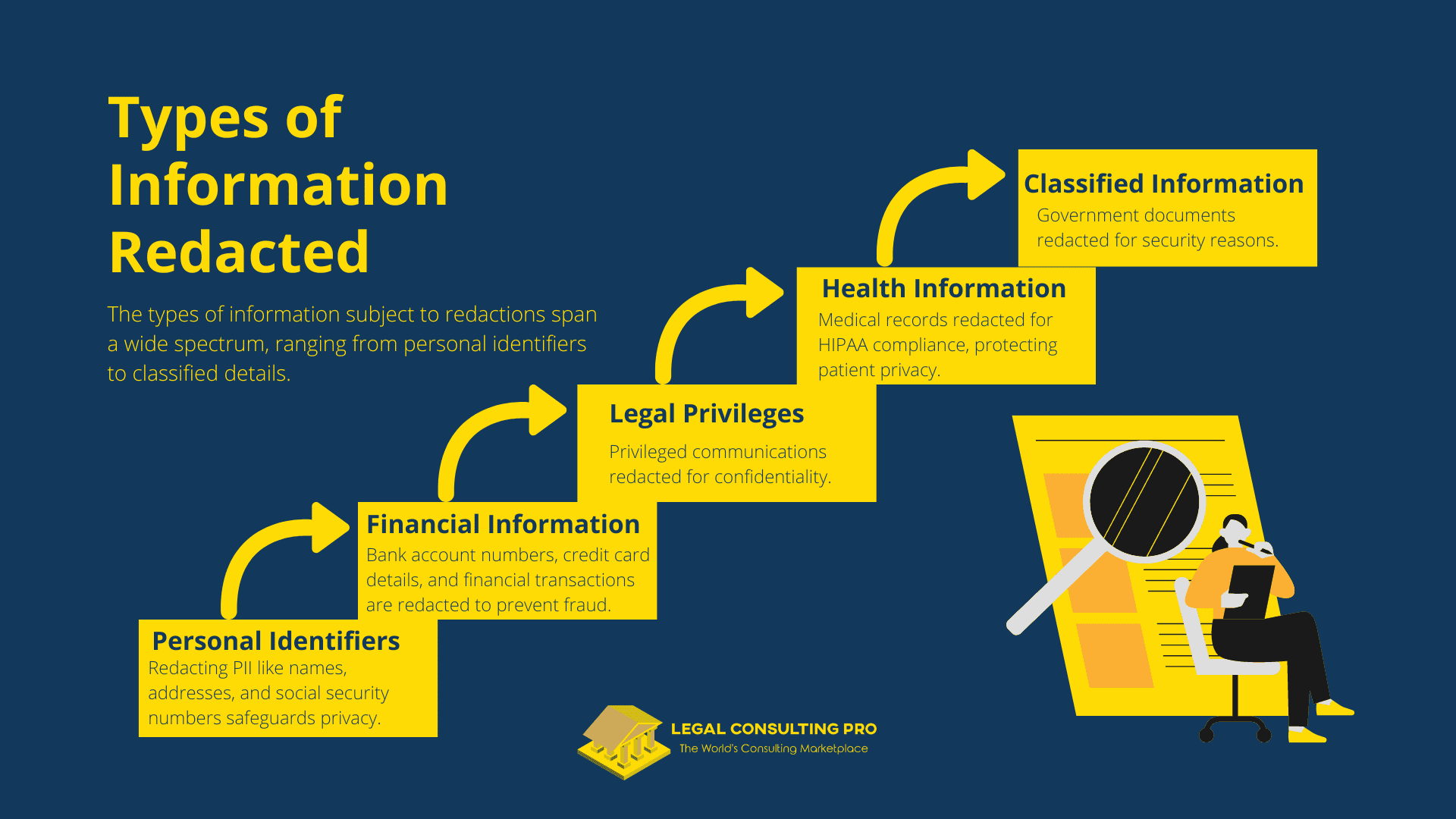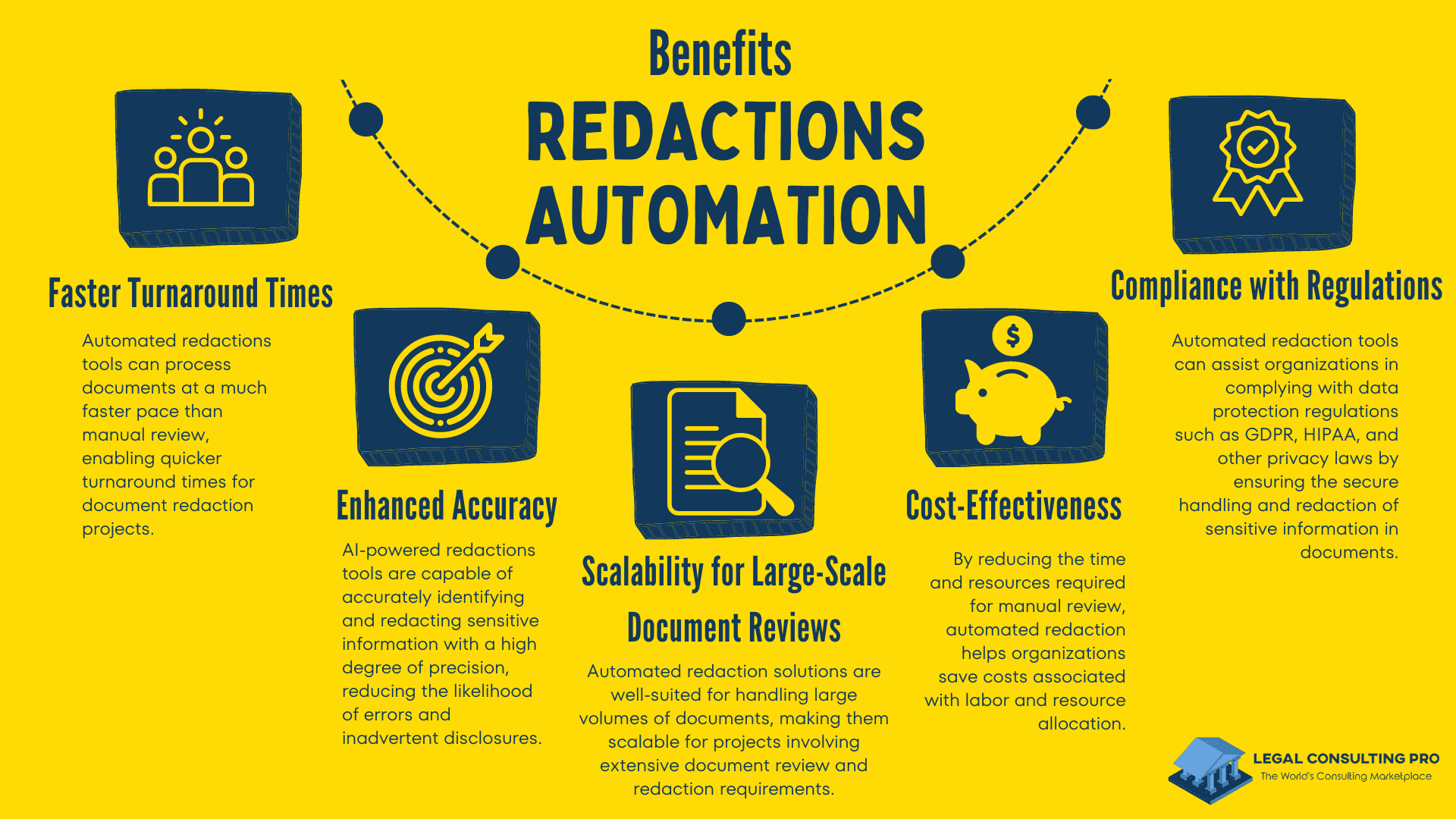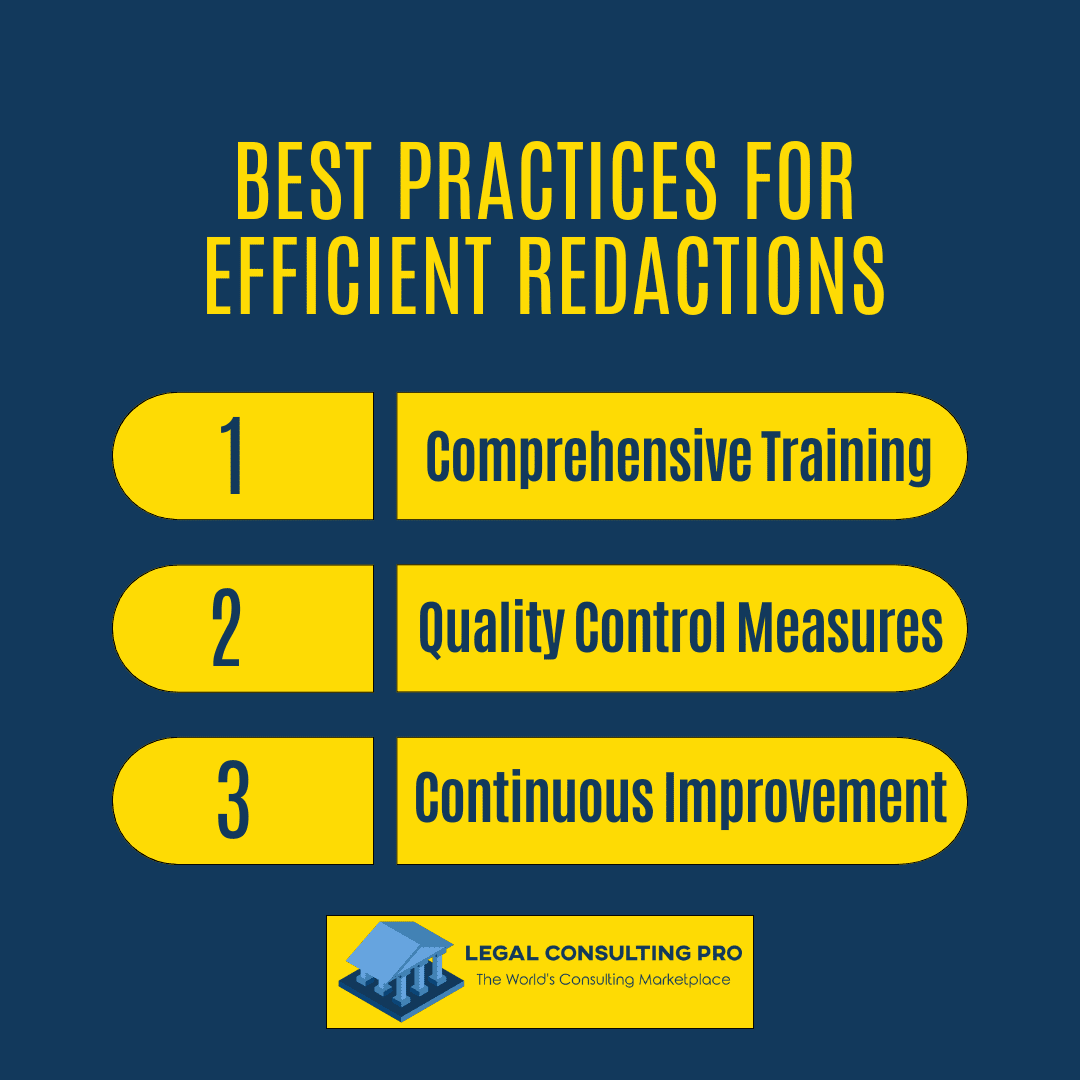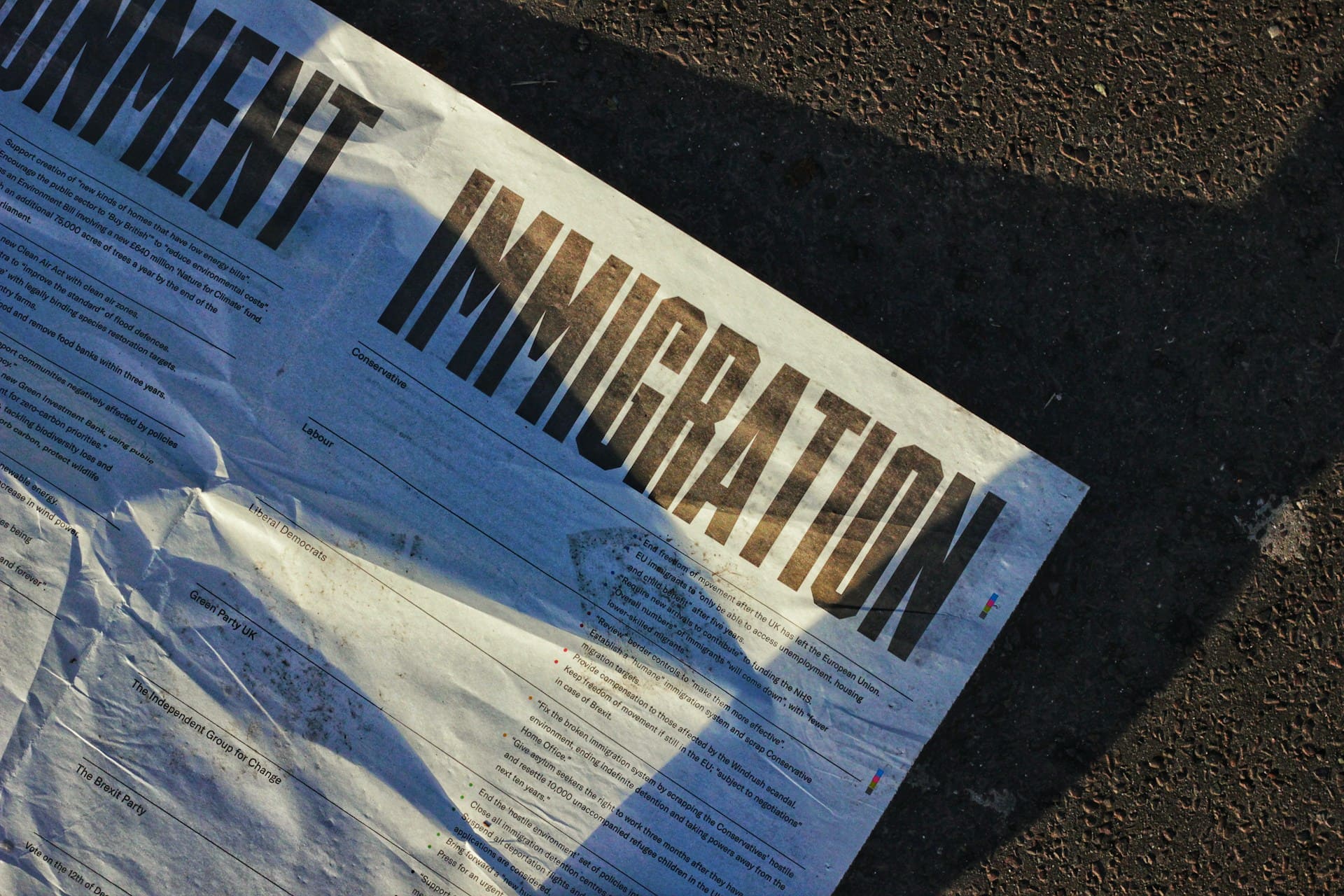In the realm of litigation support services document review, redactions are a critical process for protecting sensitive information while ensuring transparency and compliance. However, traditional manual redaction methods are time-consuming, prone to errors, and often inefficient. In this comprehensive guide, we’ll explore the evolution of redaction techniques, the emergence of automation tools, and the role of litigation support services in revolutionizing the redaction process for modern legal practices. From streamlining workflows to enhancing accuracy and compliance, join us as we delve into the world of the redactions revolution.
Understanding Redactions
Redaction, at its core, is the process of removing or obscuring sensitive information from documents to protect confidentiality. It serves as a crucial safeguard in litigation support services contexts, ensuring that privileged or confidential data remains secure and inaccessible to unauthorized individuals.
Redactions Essentials:
Redaction involves carefully editing documents to conceal sensitive information while preserving the integrity and readability of the remaining content. This process is vital in legal proceedings, where documents often contain a mix of public and confidential data.
Types of Information Redacted:
The types of information subject to redactions span a wide spectrum, ranging from personal identifiers to classified details. Common examples include:
- Personal Identifiers: Redacting names, addresses, social security numbers, and other personally identifiable information (PII) helps safeguard individuals’ privacy.
- Financial Information: Bank account numbers, credit card details, and financial transaction records are often redacted to prevent identity theft or financial fraud.
- Litigation Support Services Privileges: Communications protected by attorney-client privilege or work product doctrine may be redacted to maintain confidentiality.
- Health Information: Medical records, diagnoses, and treatment histories are redacted under laws like the Health Insurance Portability and Accountability Act (HIPAA) to protect patient privacy.
- Classified Information: Government documents often undergo redactions to conceal sensitive national security information or classified material.

Litigation Support Services Requirements and Compliance
The practice of redactions is governed by a complex regulatory landscape designed to protect individuals’ privacy and ensure data security. Various laws and regulations, such as the General Data Protection Regulation (GDPR), HIPAA, and state-specific data protection laws, impose strict requirements on the handling and redactions of sensitive information.
For instance, GDPR mandates that personal data be processed lawfully, fairly, and transparently, with appropriate measures taken to ensure data security. HIPAA establishes standards for the protection of individuals’ health information, including requirements for redacting identifiable patient data.
Non-compliance with these regulations can result in severe penalties, including fines and legal liabilities. Therefore, litigation support services professionals must adhere to applicable laws and guidelines when redacting documents to avoid regulatory violations and protect sensitive information effectively.
In summary, understanding redaction involves mastering the essentials of the process, identifying the types of information subject to redactions, and ensuring compliance with relevant legal requirements and regulations. By effectively redacting sensitive data, litigation support services professionals can uphold confidentiality, mitigate risks, and maintain the integrity of legal documents.
The Challenges of Manual Redactions
Manual redaction, though a traditional approach, presents several significant challenges that can impede efficiency, accuracy, and scalability in the redaction process.
Time and Labor Intensive:
Manual redaction methods are inherently labor-intensive, demanding significant time and resources from litigation support services professionals. Reviewing documents line by line to identify and redact sensitive information can be a time-consuming task, particularly for large volumes of documents. This intensive process often diverts valuable resources away from other critical tasks, leading to delays in document review timelines and project completion.
Error-Prone:
Human involvement in manual redactions introduces the risk of errors, which can have serious consequences for confidentiality and legal compliance. Litigation support services professionals tasked with manual redaction may inadvertently overlook sensitive information or make mistakes during the redaction process, resulting in inadvertent disclosures. Such errors compromise the confidentiality of documents and may expose organizations to legal liabilities, regulatory penalties, and reputational damage.
Scalability Issues:
Manual redaction processes struggle to scale effectively, especially when dealing with large volumes of documents. As the number of documents increases, the time and resources required for manual review and redaction grow exponentially. This scalability challenge often leads to delays and inefficiencies in document review projects, hindering timely decision-making and impeding the progress of litigation support services proceedings. Moreover, the inability to scale manual redaction processes efficiently may result in increased costs and resource allocation, further burdening organizations and legal teams.
The Evolution of Redactions Automation
The landscape of redaction has undergone a significant evolution with the rise of technology, particularly advancements in artificial intelligence (AI) and machine learning. These technological innovations have revolutionized the redaction process, offering more efficient, accurate, and scalable solutions for safeguarding sensitive information in documents.
Rise of Technology:
Traditionally, redaction was a manual and labor-intensive task, requiring litigation support services professionals to manually review documents and redact sensitive information line by line. However, the advent of technology, especially AI and machine learning, has transformed the way redaction is performed. These technologies enable automated processes that can swiftly and accurately identify and redact sensitive information, significantly reducing the time and effort required for manual review.
Automation Tools:
One of the key developments in redaction automation is the emergence of specialized software and tools that leverage AI algorithms to automate the redaction process. These tools utilize machine learning models trained to recognize patterns and identify sensitive information such as personal identifiers, financial data, and classified information. By analyzing the content of documents, these AI-powered tools can automatically detect and redact sensitive information, streamlining the redaction process and minimizing the risk of human error.
Benefits of Automation
Automated redaction offers several advantages over manual methods, making it an attractive solution for organizations and litigation support services professionals:
- Faster Turnaround Times: Automated redaction tools can process documents at a much faster pace than manual review, enabling quicker turnaround times for document redaction projects.
- Enhanced Accuracy: AI-powered redaction tools are capable of accurately identifying and redacting sensitive information with a high degree of precision, reducing the likelihood of errors and inadvertent disclosures.
- Scalability for Large-Scale Document Reviews: Automated redaction solutions are well-suited for handling large volumes of documents, making them scalable for projects involving extensive document review and redaction requirements.
- Cost-Effectiveness: By reducing the time and resources required for manual review, automated redaction helps organizations save costs associated with labor and resource allocation.
- Compliance with Regulations: Automated redaction tools can assist organizations in complying with data protection regulations such as GDPR, HIPAA, and other privacy laws by ensuring the secure handling and redaction of sensitive information in documents.

Key Features of Redaction Software
Redaction software offers a range of features designed to streamline the redaction process, enhance accuracy, and improve efficiency. Here are some key features commonly found in redaction software:
Batch Processing:
- Redaction software enables batch processing of documents, allowing users to redact multiple files simultaneously. This feature significantly increases efficiency by automating the redaction process for large volumes of documents.
- Users can upload multiple documents or entire folders for batch processing, saving time and reducing manual effort compared to redacting each document individually.
- Batch processing also ensures consistency in redaction across multiple documents, maintaining uniformity in the treatment of sensitive information.
Optical Character Recognition (OCR):
- Many redaction software solutions incorporate Optical Character Recognition (OCR) technology, which automates the detection and redaction of text within scanned documents.
- OCR technology converts scanned documents into editable and searchable text, allowing the software to identify and redact sensitive information accurately and efficiently.
- By leveraging OCR, redaction software can process a wide range of document formats, including scanned PDFs, images, and faxes, improving the speed and accuracy of the redaction process.
Customizable Workflows:
- Customizable workflows are essential features of redaction software, enabling users to tailor the redaction process to their specific needs and requirements.
- Users can define and customize redaction rules, presets, and templates based on the types of documents being redacted and the sensitivity of the information involved.
- Customizable workflows also allow users to designate different levels of access and permissions for collaboration, ensuring secure and compliant document handling.
- Additionally, users can create automated workflows for repetitive tasks, such as redacting specific types of information across multiple documents, further improving efficiency and productivity.
In summary, key features of redaction software, such as batch processing, OCR technology, and customizable workflows, empower users to efficiently and accurately redact sensitive information from documents while maintaining compliance with privacy regulations and security standards. These features enable organizations to streamline document redaction processes, save time and resources, and mitigate risks associated with unauthorized disclosure of sensitive information.
Integration with Litigation Support Services
Litigation support services play a crucial role in assisting litigation support services teams with the implementation of redaction solutions, providing valuable collaboration, expertise, and end-to-end support throughout the redaction process.
Collaboration and Expertise:
Litigation support services collaborate closely with litigation support services teams to understand their specific redaction requirements and challenges. With their expertise in document review, eDiscovery, and compliance, litigation support professionals offer valuable insights and recommendations for implementing effective redaction solutions.
These professionals possess in-depth knowledge of legal processes, regulatory requirements, and industry best practices related to document management and redaction. By leveraging their expertise, litigation support services teams can streamline the redaction process, ensure accuracy, and mitigate risks associated with sensitive information disclosure.
End-to-End Support:
Litigation support services offer comprehensive end-to-end support in redaction projects, covering every stage of the process from initial assessment to final review and quality assurance. They assist litigation support services teams in identifying the scope of redaction requirements, assessing document volumes, and selecting the appropriate redaction tools and strategies.
Throughout the redaction process, litigation support professionals oversee document review, coordinate with litigation support services teams, and manage workflow efficiencies to ensure the timely completion of redaction projects. They also provide quality assurance checks to verify the accuracy and completeness of redacted documents before they are used in litigation support services proceedings.
Compliance Assurance:
One of the primary responsibilities of litigation support services in redaction projects is ensuring compliance with regulatory requirements and industry standards. These professionals are well-versed in data privacy laws, such as GDPR, HIPAA, and other regulatory frameworks governing the handling and redaction of sensitive information.
Litigation support services implement robust compliance measures to safeguard against unauthorized disclosure of sensitive information and minimize the risk of legal exposure and penalties. They employ advanced redaction technologies, encryption methods, and access controls to protect the confidentiality and integrity of redacted documents throughout the entire lifecycle.
By partnering with litigation support services, your teams can benefit from their specialized expertise, collaborative approach, and commitment to compliance, enabling them to effectively manage redaction projects, mitigate risks, and achieve successful outcomes in legal proceedings.
Best Practices for Efficient Redaction
Efficient redaction requires a combination of effective processes, appropriate technology, and well-trained personnel. Here are some best practices to ensure efficient and accurate redaction:
Comprehensive Training:
- Provide comprehensive training and education for litigation support services professionals on the use of redaction software and best practices.
- Ensure that all staff members understand the functionality of the redaction tools, as well as the importance of correctly identifying and redacting sensitive information.
- Offer regular training sessions and refresher courses to keep litigation support services professionals updated on the latest features and techniques for efficient redaction.
Quality Control Measures:
- Implement quality control measures to maintain the accuracy and completeness of redactions.
- Conduct second-level reviews by experienced personnel to verify the accuracy of redaction and identify any missed or improperly redacted information.
- Use validation processes to ensure that redacted documents meet the required standards for confidentiality and compliance with regulatory requirements.
Continuous Improvement:
- Foster a culture of continuous improvement by regularly evaluating and refining redaction processes and technologies.
- Stay informed about changes in regulatory requirements and industry trends related to data privacy and document redaction.
- Adapt redactions processes and technologies accordingly to ensure compliance with evolving standards and regulations.
- Solicit feedback from litigation support services professionals and stakeholders involved in the redaction process to identify areas for improvement and implement changes as needed.
By following these best practices, organizations can streamline the redaction process, improve efficiency, and minimize the risk of errors and compliance issues. Effective training, robust quality control measures, and a commitment to continuous improvement are essential for achieving efficient and accurate redaction outcomes.

Case Studies and Success Stories
These case studies and testimonials highlight the tangible benefits of implementing automated redaction solutions in legal and healthcare settings. From improved efficiency and accuracy to enhanced compliance and client satisfaction, automated redaction has proven to be a valuable asset for organizations seeking to streamline document handling processes and mitigate risks associated with sensitive information disclosure.
Global Law Firm Improves Efficiency with Automated Redactions:
- A global law firm specializing in corporate law and litigation implemented an automated redaction solution to streamline its document review process.
- By leveraging AI-powered redaction software, the firm was able to significantly reduce the time and resources required for manual redaction, resulting in faster turnaround times for document review projects.
- The automated redaction solution also improved accuracy by minimizing the risk of human error, ensuring that sensitive information was properly identified and redacted.
- As a result, the law firm achieved greater efficiency in its document review workflows, allowing litigation support services professionals to focus more on analysis and strategy.
Healthcare Provider Enhances Compliance with Redaction Automation:
- A large healthcare provider implemented an automated redactions solution to ensure compliance with HIPAA regulations and protect patient privacy.
- The redaction software integrated OCR technology to automatically detect and redact personal health information (PHI) from medical records and other healthcare documents.
- By automating the redaction process, the healthcare provider was able to achieve greater consistency and accuracy in PHI redaction, minimizing the risk of data breaches and regulatory violations.
- The automated redaction solution enabled the healthcare provider to maintain compliance with HIPAA requirements while streamlining document handling and improving efficiency in healthcare operations.
Testimonials from Litigation support services Professionals and Litigation Support Providers
Litigation support services Professional Testimonial:
“Implementing automated redaction has been a game-changer for our legal team. We no longer have to spend hours manually reviewing documents for sensitive information. The software does it for us, accurately and efficiently. This has allowed us to focus more on case strategy and client representation.”
Litigation Support Provider Testimonial:
“Automated redactions have revolutionized the way we handle document review projects. With the help of AI-powered redaction software, we can process large volumes of documents in a fraction of the time it would take manually. Our clients appreciate the speed, accuracy, and cost-effectiveness of our redaction services, and we’ve seen a significant increase in client satisfaction as a result.”
Future Trends and Developments in Redaction Technology
Advancements in AI and NLP:
- Future developments in redaction technology will likely involve further advancements in artificial intelligence (AI) and natural language processing (NLP).
- AI algorithms will become more sophisticated in their ability to accurately identify and redact sensitive information from various types of documents, including unstructured data such as emails and social media posts.
- NLP models will continue to improve in their understanding of context and language nuances, enabling more precise and context-aware redaction capabilities.
Predictive Analytics:
- Predictive analytics will play a significant role in the future of redaction technology, allowing organizations to anticipate potential areas of risk and proactively identify sensitive information for redaction.
- Machine learning algorithms will analyze historical data and patterns to predict which sections of documents are likely to contain sensitive information, streamlining the redaction process and improving efficiency.
Emerging Challenges and Opportunities in the Redactions Landscape
Integration of Blockchain Technology:
- Blockchain technology holds promise for enhancing data security and integrity in the redaction process.
- By leveraging blockchain, organizations can create immutable records of redacted documents, providing a tamper-proof audit trail of all redaction activities.
- Blockchain-based solutions can also enhance transparency and trust in the redaction process by allowing stakeholders to verify the authenticity and integrity of redacted documents.
Privacy Regulations and Compliance:
- As data privacy regulations continue to evolve, organizations will face increased pressure to ensure compliance with stringent privacy requirements.
- Redaction technology will need to adapt to changing regulatory landscapes by incorporating new features and functionalities to support compliance with regulations such as GDPR, CCPA, and others.
Multi-modal Data Redactions:
- With the proliferation of multimedia content, including audio and video files, redaction technology will need to expand beyond text-based documents to support multi-modal data redaction.
- Future redaction solutions may incorporate audio and video processing capabilities to automatically detect and redact sensitive information from multimedia content, such as conversations or recordings.
Conclusion
As litigation support services practices continue to evolve in the digital age, the importance of efficient and accurate redaction processes cannot be overstated. By embracing automation, leveraging technology, and partnering with litigation support services, litigation support services professionals can revolutionize their approach to redaction, streamlining document reviews, and ensuring compliance with regulatory requirements. With the right tools and strategies in place, the redactions revolution promises to usher in a new era of efficiency, transparency, and confidence in litigation support services document management.
Similar blogs:
Demystifying Redactions Processes for Clients and Stakeholders
Beyond Black Boxes: AI and the Future of Redactions in Complex Litigation













































